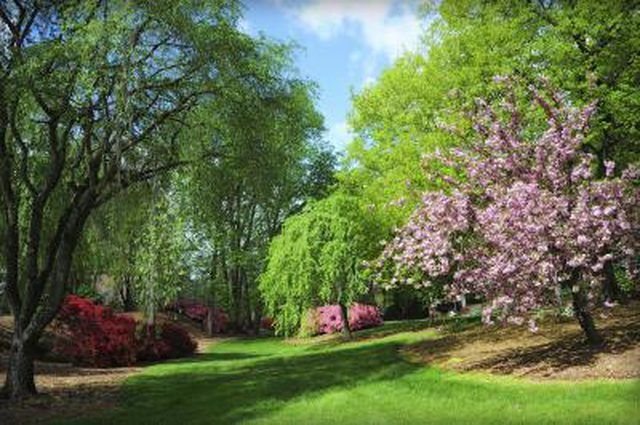Bulbs
Flower Basics
Flower Beds & Specialty Gardens
Flower Garden
Garden Furniture
Garden Gnomes
Garden Seeds
Garden Sheds
Garden Statues
Garden Tools & Supplies
Gardening Basics
Green & Organic
Groundcovers & Vines
Growing Annuals
Growing Basil
Growing Beans
Growing Berries
Growing Blueberries
Growing Cactus
Growing Corn
Growing Cotton
Growing Edibles
Growing Flowers
Growing Garlic
Growing Grapes
Growing Grass
Growing Herbs
Growing Jasmine
Growing Mint
Growing Mushrooms
Orchids
Growing Peanuts
Growing Perennials
Growing Plants
Growing Rosemary
Growing Roses
Growing Strawberries
Growing Sunflowers
Growing Thyme
Growing Tomatoes
Growing Tulips
Growing Vegetables
Herb Basics
Herb Garden
Indoor Growing
Landscaping Basics
Landscaping Patios
Landscaping Plants
Landscaping Shrubs
Landscaping Trees
Landscaping Walks & Pathways
Lawn Basics
Lawn Maintenance
Lawn Mowers
Lawn Ornaments
Lawn Planting
Lawn Tools
Outdoor Growing
Overall Landscape Planning
Pests, Weeds & Problems
Plant Basics
Rock Garden
Rose Garden
Shrubs
Soil
Specialty Gardens
Trees
Vegetable Garden
Yard Maintenance
Types of Crabapple Trees
Types of Crabapple Trees. Twenty-five species of crabapple trees are native to North America. Crabapples are a member of the rose family. The size of the fruit crabapple trees bear differentiates them from regular apple trees. Landscapers use various types of crabapples to brighten up rural and urban settings. These trees are not native but were...
Twenty-five species of crabapple trees are native to North America. Crabapples are a member of the rose family. The size of the fruit crabapple trees bear differentiates them from regular apple trees. Landscapers use various types of crabapples to brighten up rural and urban settings. These trees are not native but were made possible by cross-pollinating between species.
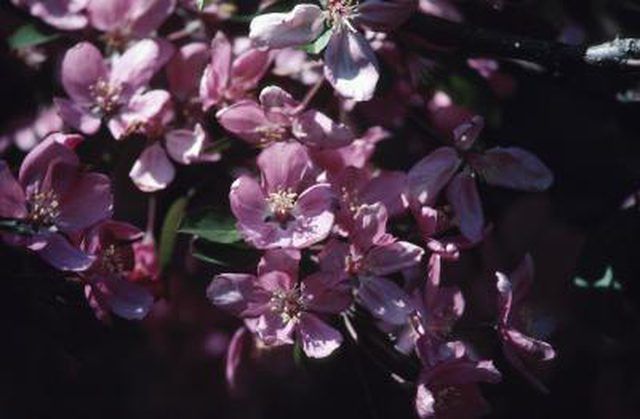
All crabapple trees have deciduous leaves, meaning the leaves will come off the tree in the fall months. The leaves are alternate on the twig, with a single leaf budding from each node and another single leaf growing on the other side of the twig at the next node. The leaves are shaped like a spear point and have serrated, toothy ridges. The five-petaled flowers blossom in the late spring in most species. The fruit can be green, reddish, purple and even yellow and typically has a bitter taste. Normal apples are more than 2 inches in diameter while the crabapple will be less than 2 inches.
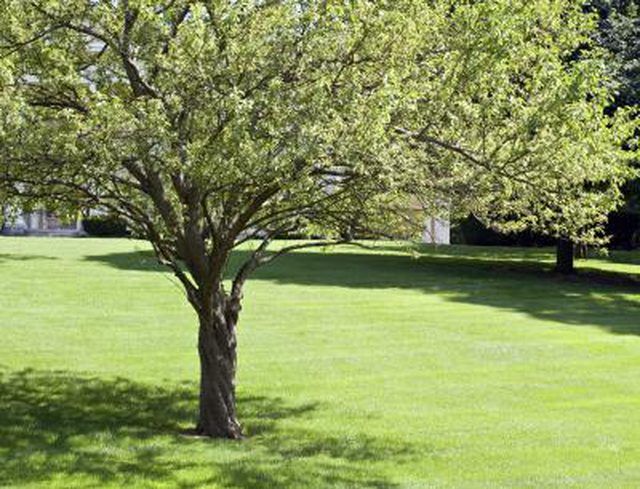
The southern crabapple tree grows throughout portions of the Deep South and into the Ohio Valley region. It can reach heights of 30 feet and have a trunk almost a foot wide. The flowers are very fragrant and come in clusters of three to five. The apples from this species are only an inch wide and pale green. The leaves are 1 to 3 inches long and elongated.
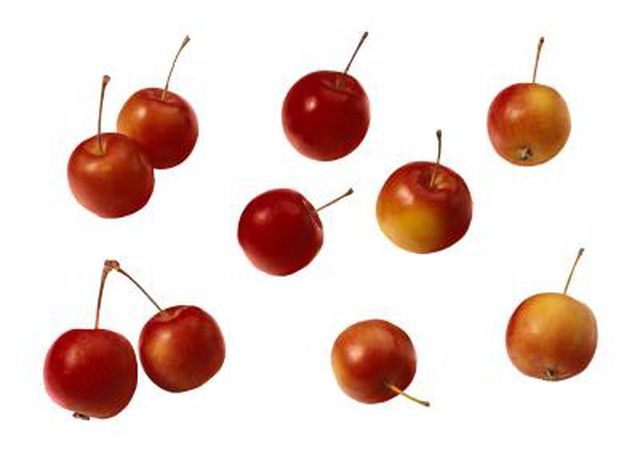
The sweet crabapple tree is a staple of the upper Midwest from the Great Lakes south to Kentucky and eastward to New Jersey. The leaves are more oval than other crabapples and have a broad rounded base. The pink-white flowers, up to 1 1/2 inches wide, have a pleasant scent. The apples are yellow-green. These trees thrive where the soil is moist. They can form thickets and the twigs possess a series of very sharp spines.

Some types of crabapple tree acquire their names from the portion of the country where they grow. The prairie crabapple exists in the middle of the country from Minnesota south through the grasslands of Kansas and parts of Texas. The Oregon crabapple tree’s range is along the Pacific Coast from Oregon north to Alaska.
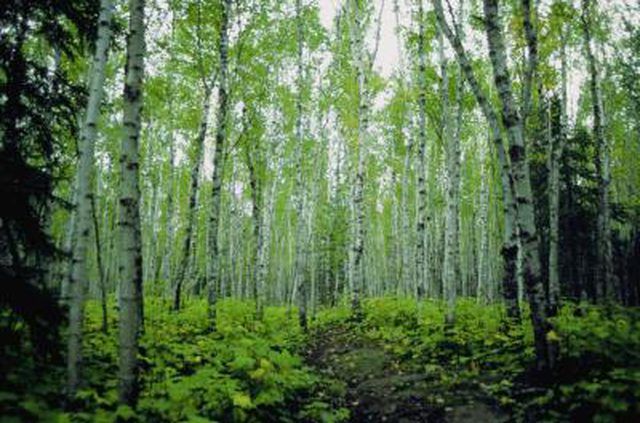
Several forms of crabapples are specifically for landscaping purposes. These trees, genetically designed to grow certain ways, have different features. The "molten lava" crabapple tree is an example of a weeping-spreading tree. It grows 10 feet tall and its crown is wide and spread out. The "red jewel" crabapple tree is a small spreading bush that can attain 15 feet in height. The "Donald Wyman" falls under the category of a large rounded type of crabapple, growing 20 feet tall with a top that takes on a round shape when mature.
